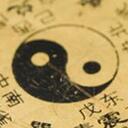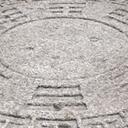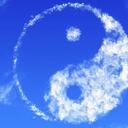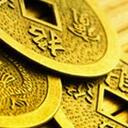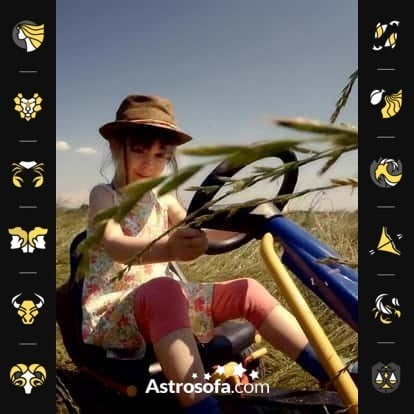In the past, primarily yarrow stalks were used for oracle consultation and are still preferred today by people who have studied the I Ching intensively. However, this procedure takes a long time and is also quite complicated. Much more time-saving and more straightforward is the coin oracle , which is more widespread today.
You need three identical coins (for example, three times 1 cent). You can also use classic Chinese coins.
The three coins are thrown together a total of six times . With each of these six tosses, you get a sum that determines the line type in the hexagram. For example, the first throw determines the lowest line, the eighth and last throw determines the top line.
Which line you draw, yin or yang depends on the respective numerical value of the toss:
The head side of
a coin counts: 3 points
The tails side
of a coin counts: 2 points
So per toss with the three coins you can either:
a 7 = stable Yang (line: ---
)
a 9 = changing yang (line: -9-
)
an 8 = stable yin (line: -
-)
or a 6= changing yin (line - 6 -
)
cast.
Whether it is stable yang or transforming yang, or a stable yin or transforming yin, is initially not crucial for forming the hexagram. Nevertheless, the mutable lines should be recognizable, for example, by placing a 9 or 6 in the middle of the line, depending on the throw. A seven or eight stands for stable lines, and they do not have to be marked separately.
Depending on the result, the lines are drawn one after the other, and this is how you finally get your hexagram. This hexagram symbolizes the answer to the question, which you should, of course, have thought about carefully before throwing the dice.
Suppose you want to delve into the deeper meaning of the hexagram. In that case, there is an additional meaning for each line position where a changing line is located, which can also be very important for answering the question. Beginners, however, should first concentrate on the hexagram and only later, when the procedure and the meanings are more familiar, deal with the transforming lines. When a line is in transformation, these lines are at the transition to the Yin or Yang line. Thus, there is a movement towards another hexagram. So besides the additional line meaning, one should also look at the newly forming hexagram.
